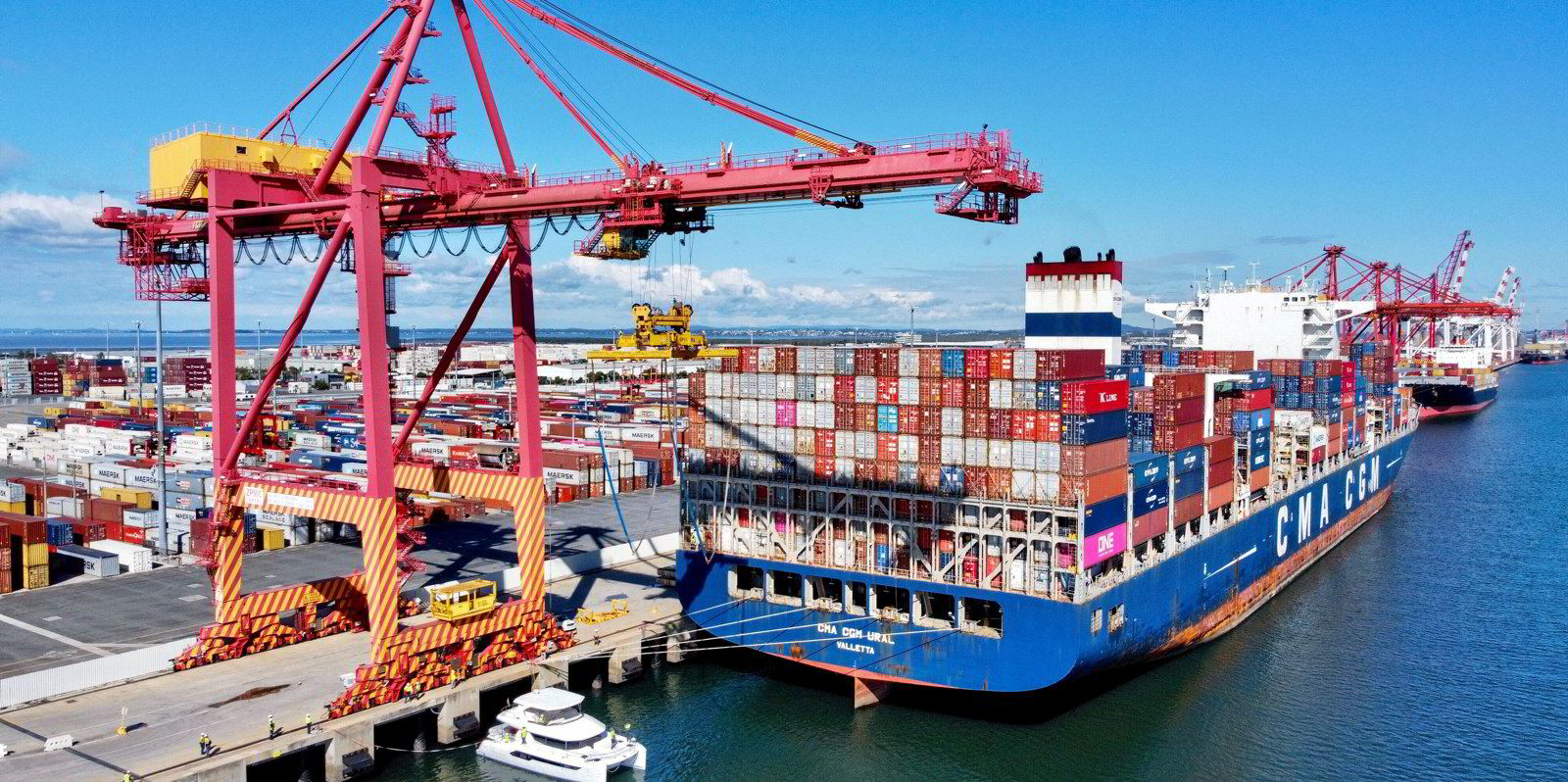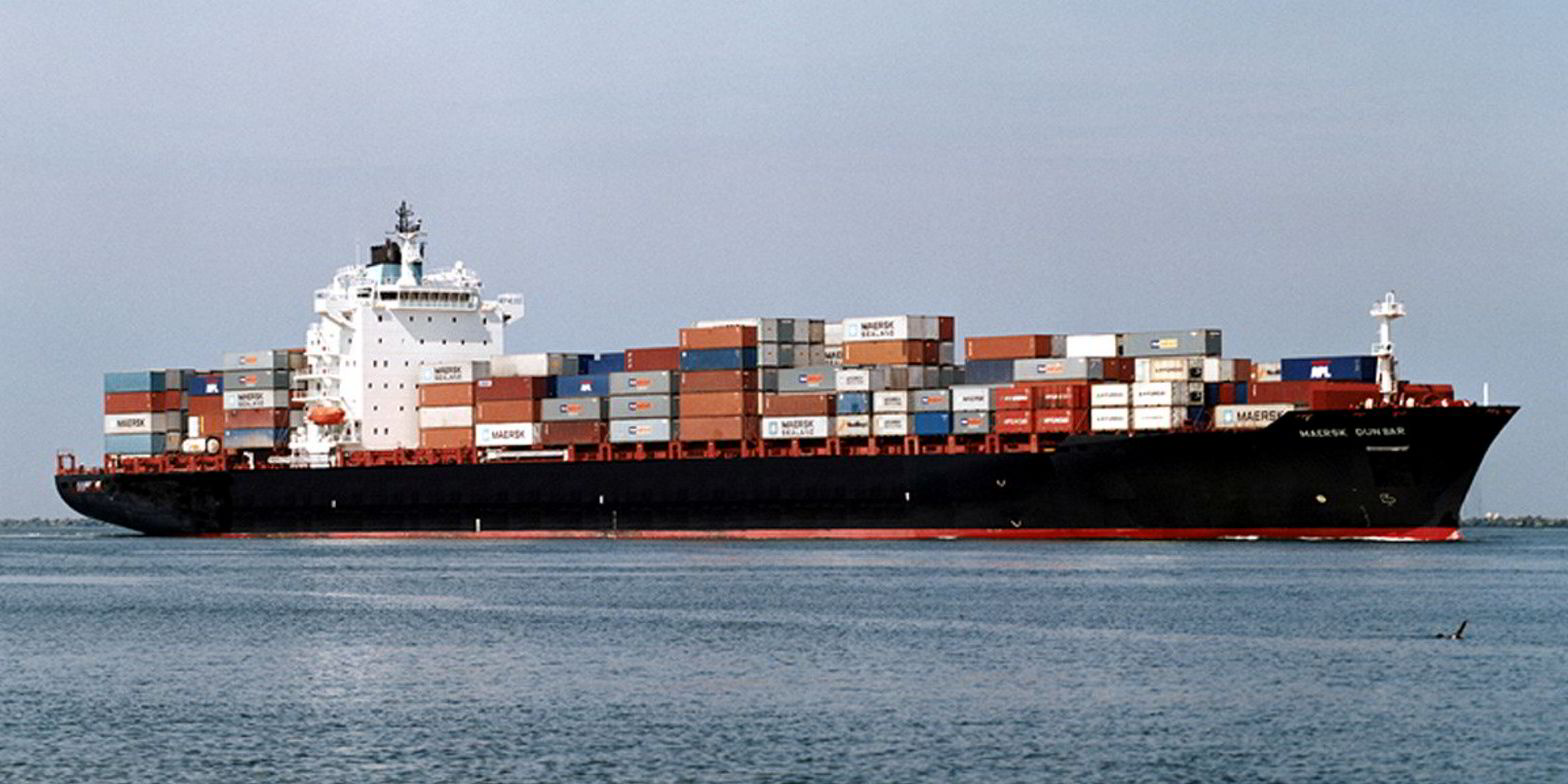Italy’s Kalypso Compagnia di Navigazione has suspended its transatlantic service due to a severe drop in freight rates.
The Genoa-based company is closing its fortnightly service from the Western Mediterranean to the US East Coast.
Kalypso, a subsidiary of Rome-based logistics group RifLine, launched the service last October with two 1,800-teu to 3,000-teu ships.
Since then, the freight market has deteriorated heavily and the company has decided to quit the service, managing director Gianfranco Gazzolo confirmed.
The last vessel operated by Kalypso on the trade, the 1,368-teu Julius (built 2009), departed New York on 15 May. The vessel is scheduled to arrive Sagunto in Spain at the end of the month.
The other vessel that operated the service, the 1,795-teu Emora (built 2007), has been switched to Kalypso’s China-Bangladesh-Italy Marco Polo service.
Capacity on the transatlantic has declined, although remains 8.2% higher year on year, according to Linerlytica.
But the reduction in capacity has not prevented freight rates from slipping to their lowest level in over two years.
Freight rates from Europe to the east coast of North America fell to $2,136 per feu on 15 May, according to the Freightos Baltic Index.
That is down from more than $7,000 per feu when Kalypso launched its transatlantic service in October last year.
2M add ships
The decline in freight rates is mirrored on other east-west trade lanes where overcapacity is emerging as a looming problem.
This week, 2M partners AP Moller-Maersk and MSC Mediterranean Shipping Company announced plans to add an extra nine vessels to their Asia Europe services.
Maersk said the move will reduce speeds providing a buffer to absorb schedule challenges, improve reliability, and decrease the risk of void sailings.
MSC added it would improve emissions efficiency and help match supply and demand.
Some question whether the trade can absorb the nine vessels that have a combined capacity of about 175,000 teu.
“With the rate market only recently showing signs of stabilisation, it remains to be seen what will unfold with this new injection of capacity,” says freight portal Zencargo.
Alphaliner argues that the 2M ships will not add capacity as they will sail at slower speeds and lengthen voyage times.
In the transpacific, liner shipping capacity is rising after dropping for the past 12 months, according to Linerlytica.
The analyst attributes this to an injection of neo-panamax newbuildings of 13,000 teu to 15,000 teu into the trade.





